Fire Damage Restoration
Residential and Commercial Fire Damage Restoration Services
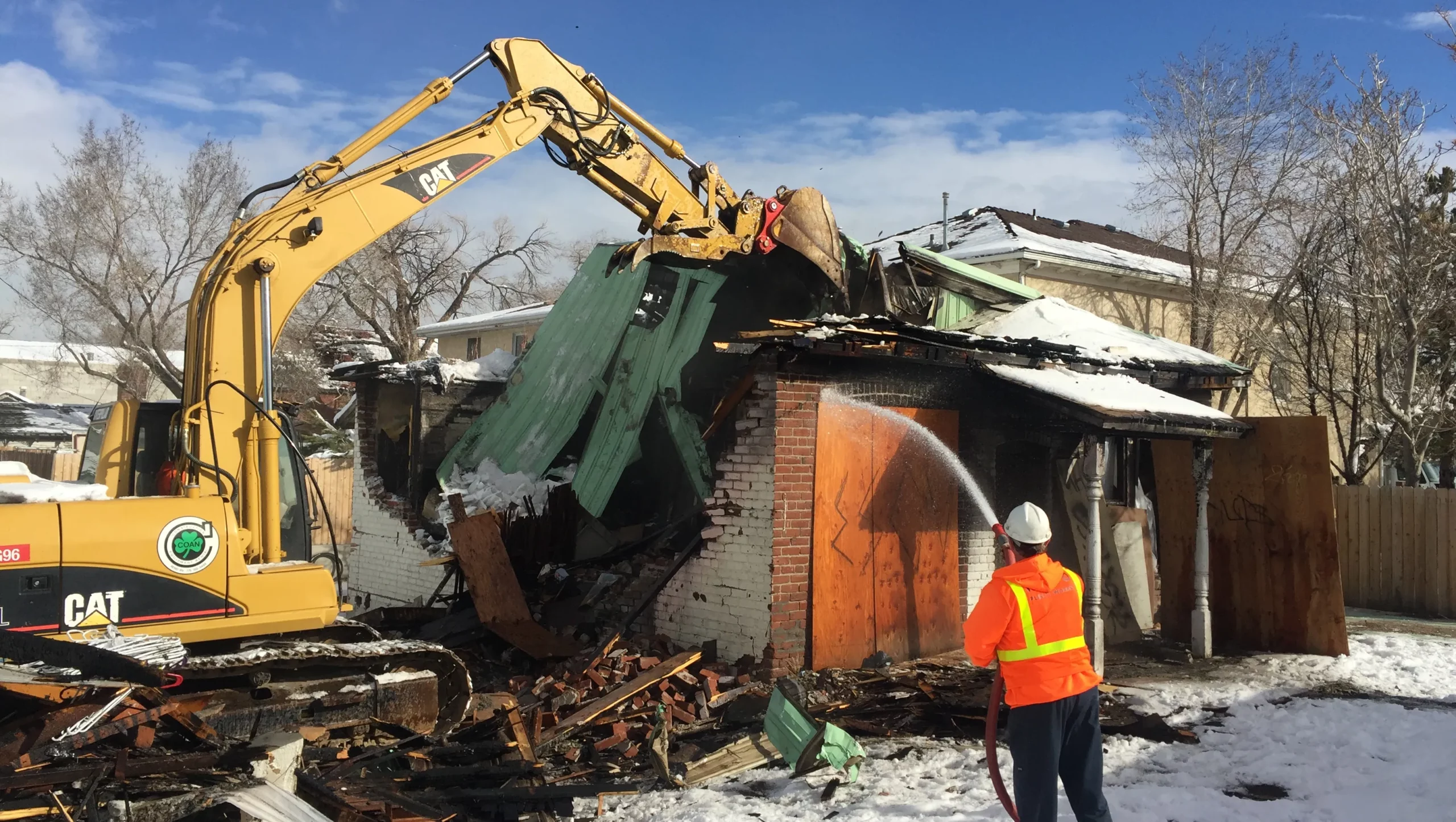
In 2020, every 23 seconds somewhere in the United States a fire department was responding to a call according to the National Fire Protection Association. Every 89 seconds one of those calls was reported to be in a home. Fire safety is important, as well as how to handle various classes of fires. It's also important to know what to expect once the flames are out.
At Rock Environmental, our entire crew has been trained in fire damage restoration along with damage cleanup services for smoke, soot, and water damage. A lot can happen during a fire; big or small. Not all damage can be seen, so special precautions should be taken when remediating the home or business.
During even the smallest of fires, soot and carbon particles are transmitted throughout the entire area and can travel through the home. The odors of smoke can permeate many materials such as fabrics, wood, and even into your appliances. For many fires, water is used by the fire department to be extinguished. Excess water can result in further damage beyond the fire and smoke damage.
Our end goal is to help you and your family get your home back to how it was before the fire. We take care and pride in our professionalism, kindness, and understanding of your situation. Fires can be traumatic to those involved, but we are here to help; we're in this together.
Leading Causes of Home and Business Fires
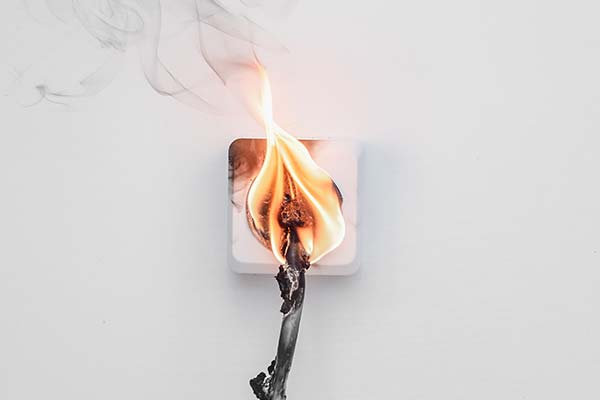
- Small Kitchen Fires
- Leaving the oven or stovetop on
- Candles
- Playing with matches or lighters
- Smoking
- Oil or Grease Fires
- Electrical Fires
- Lightning Strikes
- Children
- Space Heaters
- Faulty wiring in electrical appliances
- Creosote Buildup in Chimneys and Fireplaces
- Fireworks
- Turkey Fryer Fires
- Christmas Tree Fires
- Lint traps in dryers
- Embers from a fireplace
Fire Class Types
Class A – Solid materials such as wood, paper, and plastics
Class B – Flammable liquids such as gas, oil-based paint, and petroleum
Class C – Electrical components such as motors, electronics (computer, radio), and appliances
Class D – Combustible metals such as sodium, titanium, magnesium, and potassium (most rare fire type)
Class K – Cooking oil, grease, animal or vegetable fat
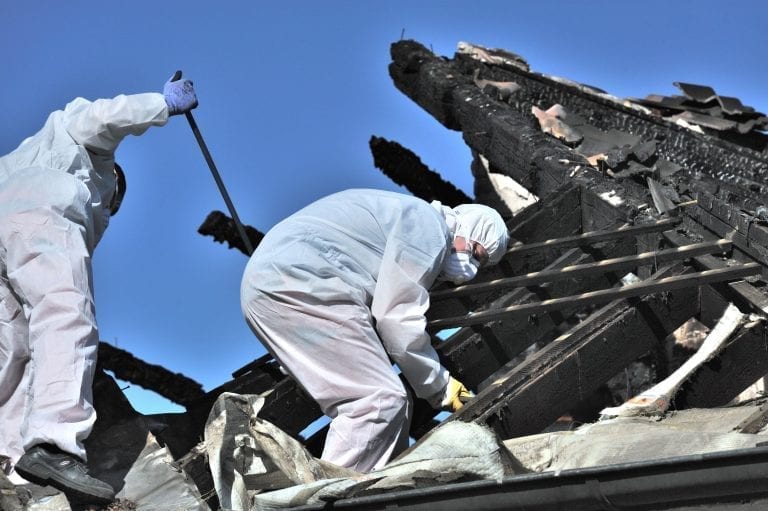
Step by Step Process for Fire Restoration
Fire and smoke damage restoration companies each have their own restoration process for handling the removal services after a fire has occurred. Small fires can still cause quite a bit of damage to the surrounding areas.
The goal of Rock Environmental and crew members is to get your home back to pre-loss conditions. Our process can change depending on the type of fire that occurred as well as how much resulting damage there is.
Here is the process that is taken when to repair property that is damaged by fire and smoke:
- Formulate a Restoration Plan
- Secure the Facility
- Water Extraction
- Demolition and Debris Removal
- Soot Removal and Smoke Damage Mitigation
- Repairs and Restoration
- Renovation
Our Services
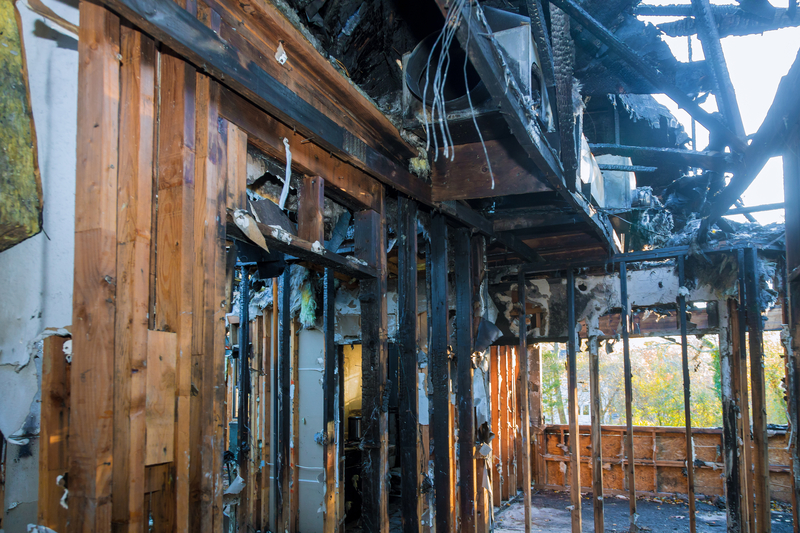
- When we arrive we will complete an inspection of the damaged area. This will allow us to determine an estimate for possible damages and restoration services.
- Use boards, tarps, or other materials to keep the elements and pests out of your home before repairs can be completed. This can also include roof tarping if necessary.
- We will next remove water that was left from the fire extinguishing efforts. Once the water has been removed we can dry out the area to prevent further water damage.
- Next, we will begin to remove any items that need to be disposed of. If there are items that can be salvaged (cleaned/restored) they will be taken to our secure facility for further restoration. All debris will be disposed of properly.
- Visible stains from smoke, soot, and water will be cleaned and removed (if possible). Some water stains that occur on drywall may need to be removed and replaced. A thorough cleaning will be conducted of your home to remove signs of smoke and soot. We may use air scrubbers, purifiers, and other devices to clean the area.
- Once the visible mess has been cleaned we will begin to work on the odors left behind from the fire. Using air filters we can remove soot particles as well as remove smoke odors. Rock Environmental uses SteraMist which can be effective in cleaning and deodorizing areas affected by soot and smoke.
- Restoration services can begin once the area has been dried, cleaned, and deodorized. Water damage restoration may be required if there was a need for a lot of water.
Damages That Can Occur From a Fire
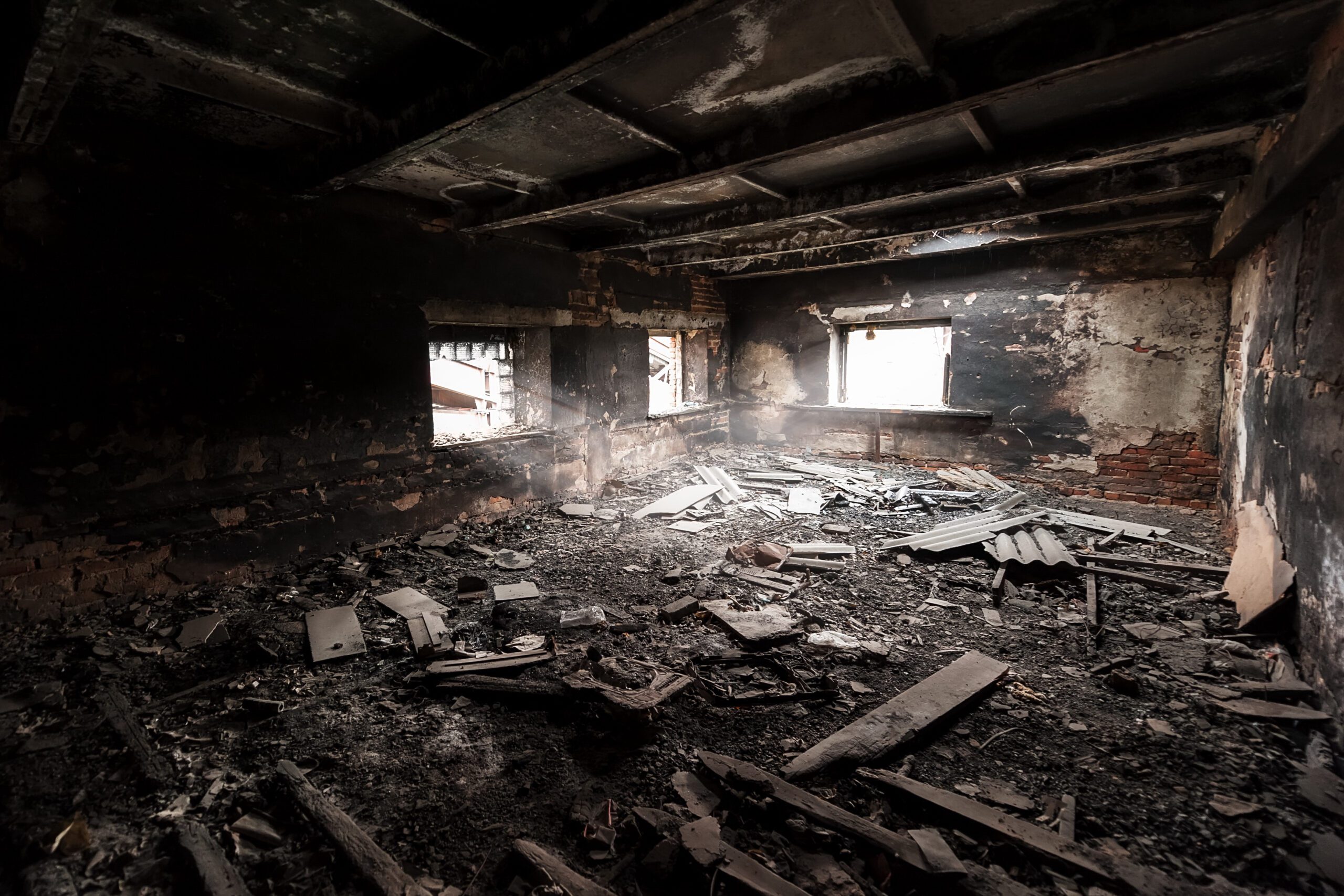
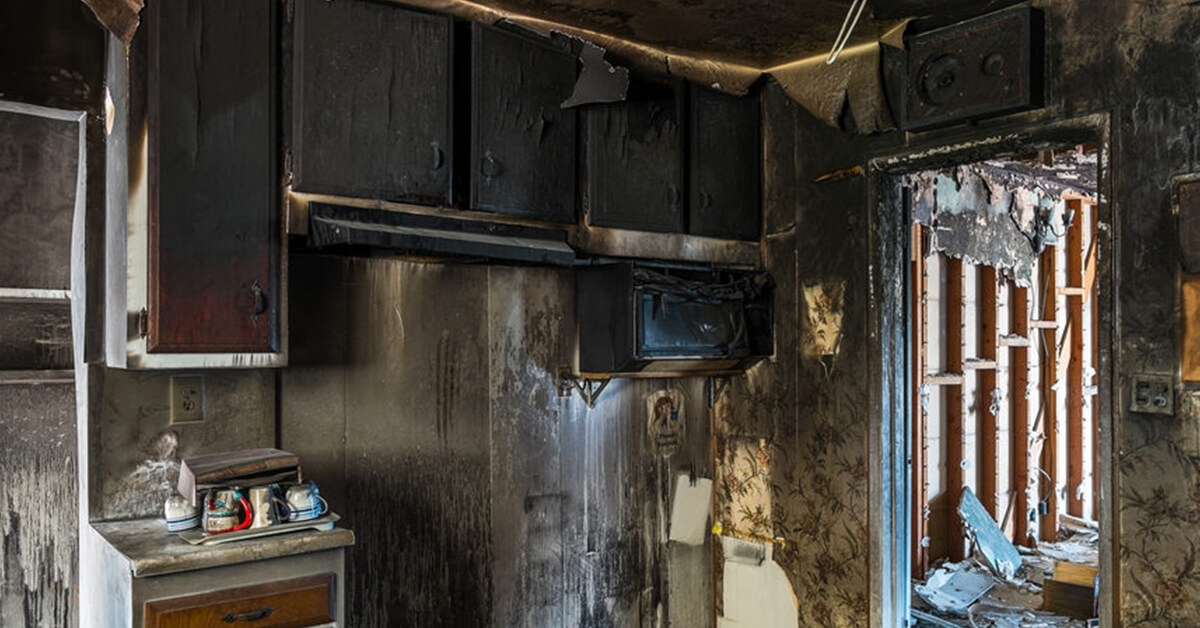

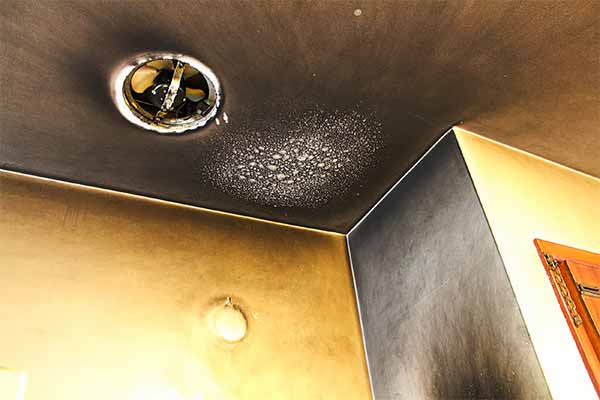
Various types of property damage can occur from a fire. Fire restoration is almost a blanket term that can also include soot, smoke, and water restoration needs as well. Rock Environmental offers fire damage restoration services for the following types of damages.
Chemical Damage
Depending on the type of fire, there may be toxic chemical fumes spreading throughout the home. While fire extinguishers are excellent for putting out fires, they can leave behind a residue that may be toxic. Additionally, if there were cleaning agents involved in the fire, other toxic fumes could linger. Having a professional cleaning can help eliminate this risk.
Water Damage
During a fire, water is often used to extinguish the flames. Once it is out, the water and moisture can remain in the area. The water will need to be removed as well as any excess moisture. Rock Environmental will use high-powered air movers as well as dehumidifiers to help dry out the space.
If the water is left too long, the drywall may become damaged as well s other materials if they aren't dried properly. Water damage restoration is often needed after a fire.
